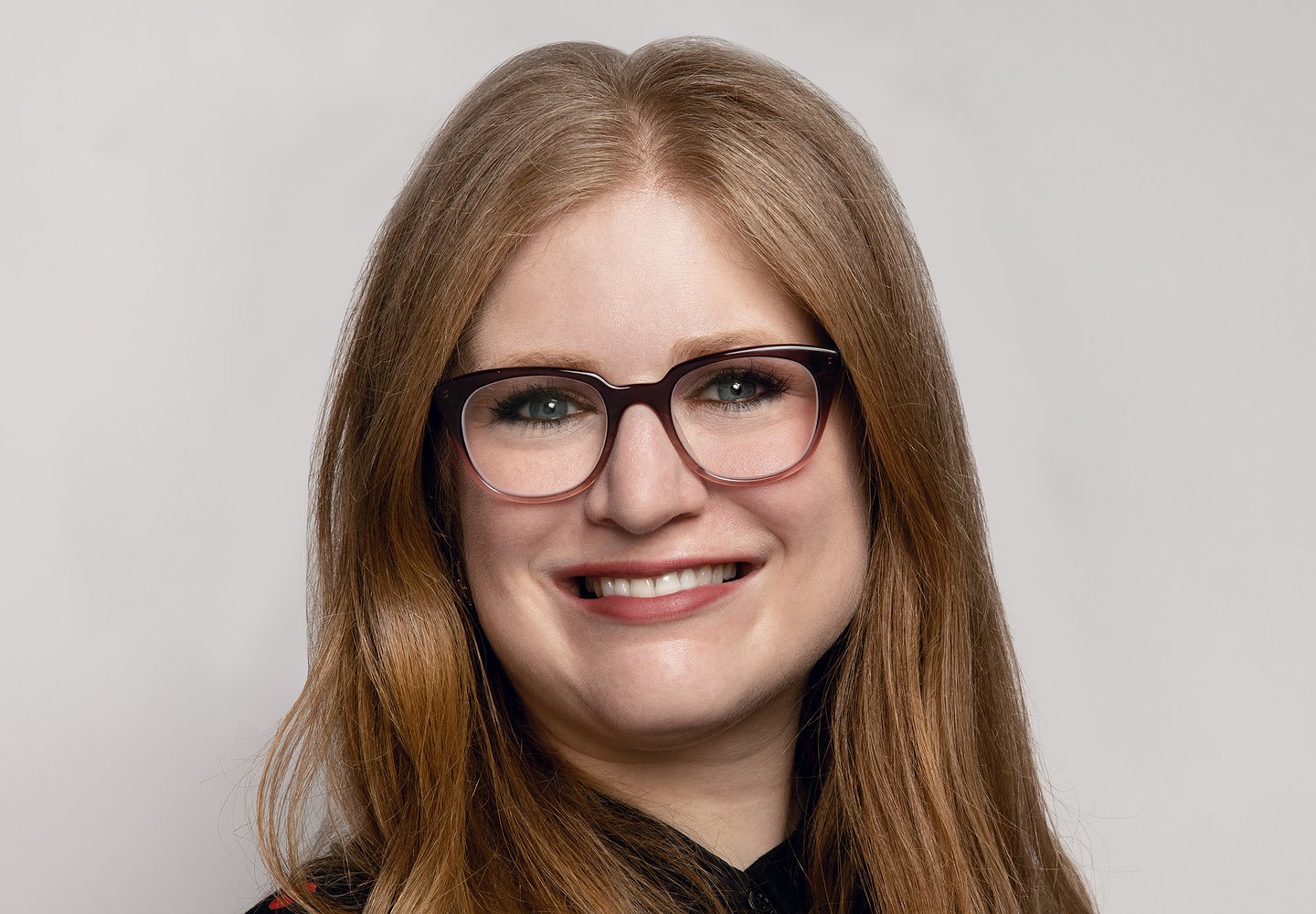The burning question in this media age of fragmentation is, does the current currency measurement capture true consumer behavior? More and more, networks and agencies are looking for metrics that are more precise for the KPI. This led to a fascinating and successful collaboration between A+E Networks and Dentsu to calibrate, measure and post against viewability for an ABI campaign.
“Our clients are continually looking for different ways to measure campaigns in marketplace and making linear TV as smart as it can be beyond the traditional behaviors that we have,” Cara Lewis, Executive Vice President Head of US Investment, Dentsu - Amplifi, explained.
First Steps and the Pandemic
According to Lewis, “ABI came to us. They have a partnership with the TVision data that we used for this test. They asked us to propose a partnership with networks to guarantee on viewability data that they have. TVision has eye tracking devices in 5000 households.” A+E stepped forward to be the first network to guarantee on viewability eye tracking impression data which can register exactly when eyes are on screen for at least two seconds.
As for timing, “I think the pandemic slowed us down,” stated Lewis, because the project hit a pause during Covid. “We were on this path of auditing how to get there and talking to the vendors. It then took a bit of a back seat. But then, overall, we just picked up right where we left off,” she noted and added that it may have impacted adding other networks to the study. Roseann Montenes VP Precision + Strategic Audience Sales Partnerships, A+E shared that, “Even as we were noticing the ratings erosion, we were still able to get positive results out of the campaign. We were able to see a lift once we optimized against ABI’s historical data through TVision. We were still able to see improvement against every single network in our portfolio even in this challenging time, we were able to find positive results.”
Challenges and Opportunities
“There were a ton of challenges,” admitted Montenes. “To be very transparent, Cara and I started this conversation in March 2020 and we started to go down this path to figure out the feasibility. When we are working off of a panel size that is so small, it’s hard to get that confidence in stability. Do we trust that this small of an audience to actually give us the results that we are looking to accomplish? What are we getting out of this?”
But A+E is known for driving innovation and the opportunity to test case, as she explained, “Guaranteeing against metrics that mean the most to our clients, really interested us.” The risk was worth it and now the study is in its second wave and the partners are trading on this currency. “It’s proven, especially to us at A+E Networks that we really do believe that finding different metrics to guarantee off of is something that drives partnerships even further. Now, next time when Cara has an opportunity of a different metric that she wants to guarantee off of, maybe we will again be one of the first ones she comes to with it.,”
Successful Execution
As a result of the study, A+E was able to establish a new baseline and new benchmark with the agency. According to Montenes, “If you think about the way we traditionally do business, we have a starting point and for years, we traded off of CPMs. But now all of a sudden we were trading off of a new metric. So it took a lot of time to come up with that new benchmark and that new confidence level in guaranteeing off of a viewability score.” Her team analyzed historical information and attributed the new data to ABI specifically. They were then able to come up with a new scoring metric that could lead to tracking towards a guarantee. “We went to the highest potential possible so we could push our boundaries to over-perform and over-deliver for this first campaign,” she stated.
“GRPs are important. But there is obviously waste in the impressions that we are buying. So to make sure that the impressions are more viewable, and that is by using this data, was the main part of the structure of the campaign as well as making sure that the data was viable so that we could then build it out across the ecosystem,” Lewis stated.
Delivering Results on the KPIs
Among the KPIs for the campaign, “One was to get the campaign greenlit and guaranteed,” Lewis explained, “The other one was to see an increase or incremental lift in the overall viewability percentage. The third was to get a like-minded client counsel; We’ve been having a lot of client conversations across the Dentsu clients, many of whom have said they want to see how the test goes.” In addition, it was important to be able to build it out and make it scalable across the media landscape especially within linear TV.
The fourth quarter result, according to A+E, was a 7.6% lift. There has been a second campaign in first quarter and they are in discussion for a third campaign for second quarter. “We want to show our clients that it is a viable way to guarantee,” Lewis concluded.
For A+E, “We were the first to announce three years ago that we were the first to guarantee on business outcomes,” stated Montenes who added, “We are not slowing down in the space. We are going to continue to make sure that we are talking to the right audiences at the right time at the right places. Next steps for us and ABI is to continue to do everything we can to help them rise.”
This article first appeared in www.MediaVillage.com

 “It all comes back to KPIs,” noted Jill Siegel, Assistant
Vice President, Business Intelligence at
“It all comes back to KPIs,” noted Jill Siegel, Assistant
Vice President, Business Intelligence at